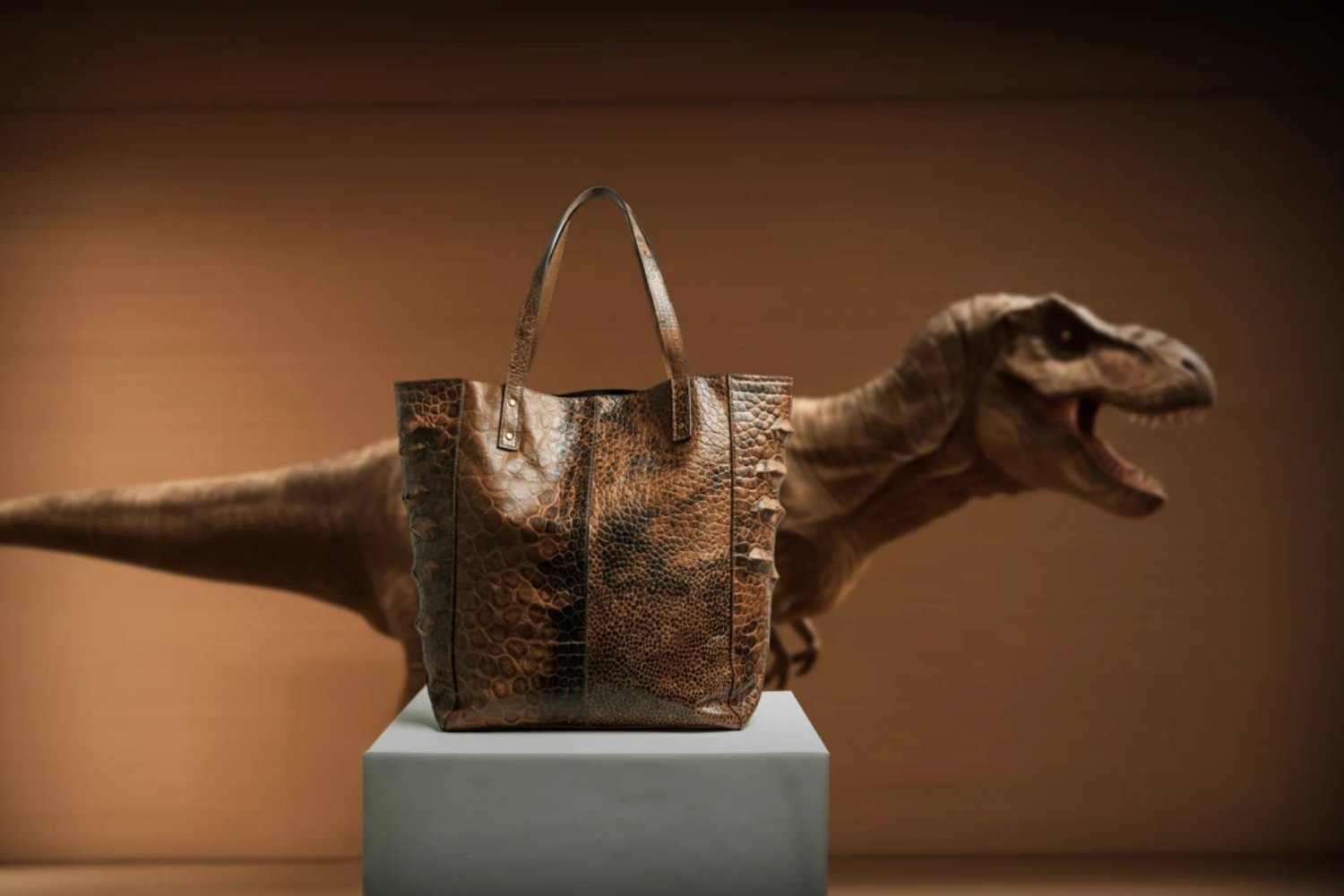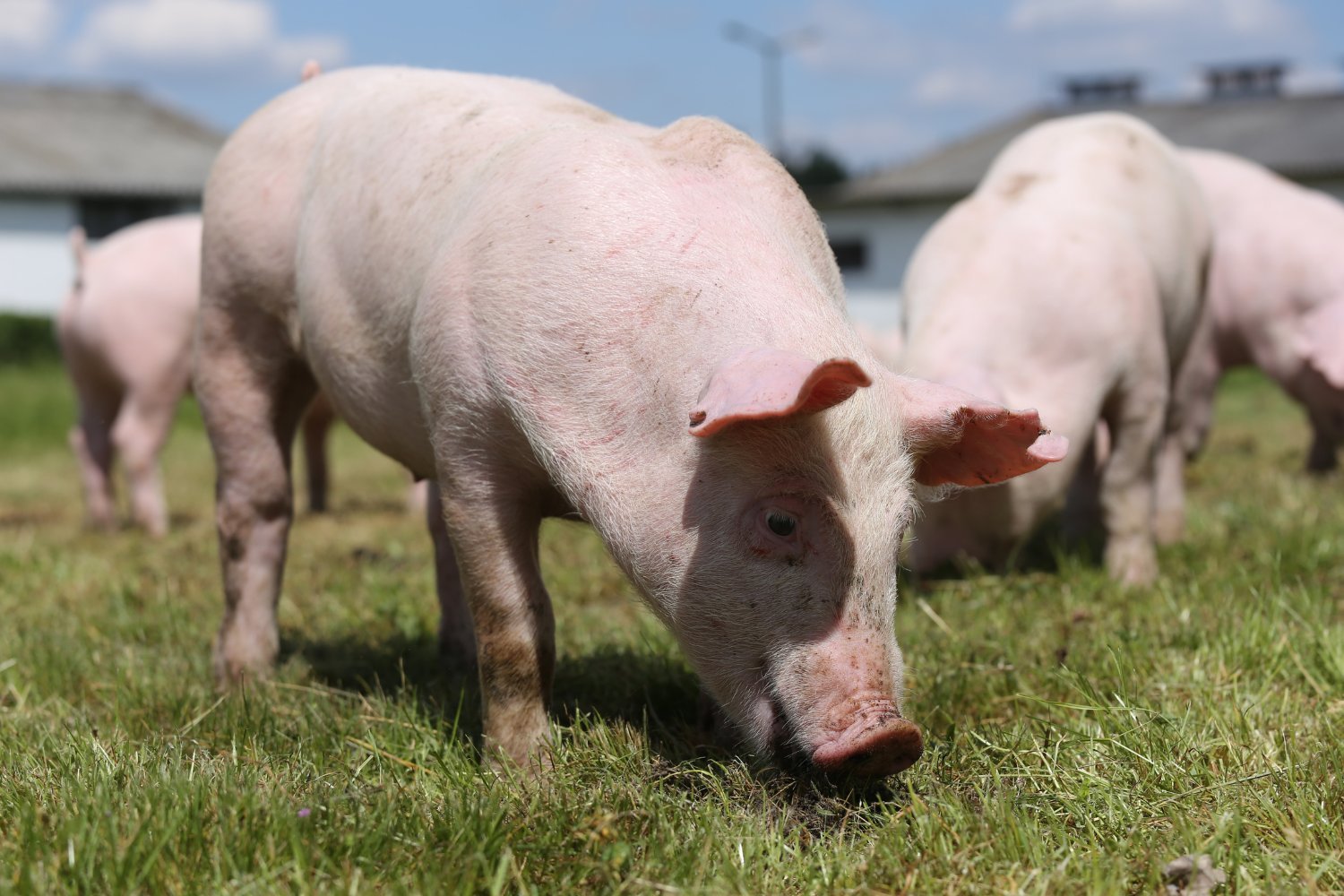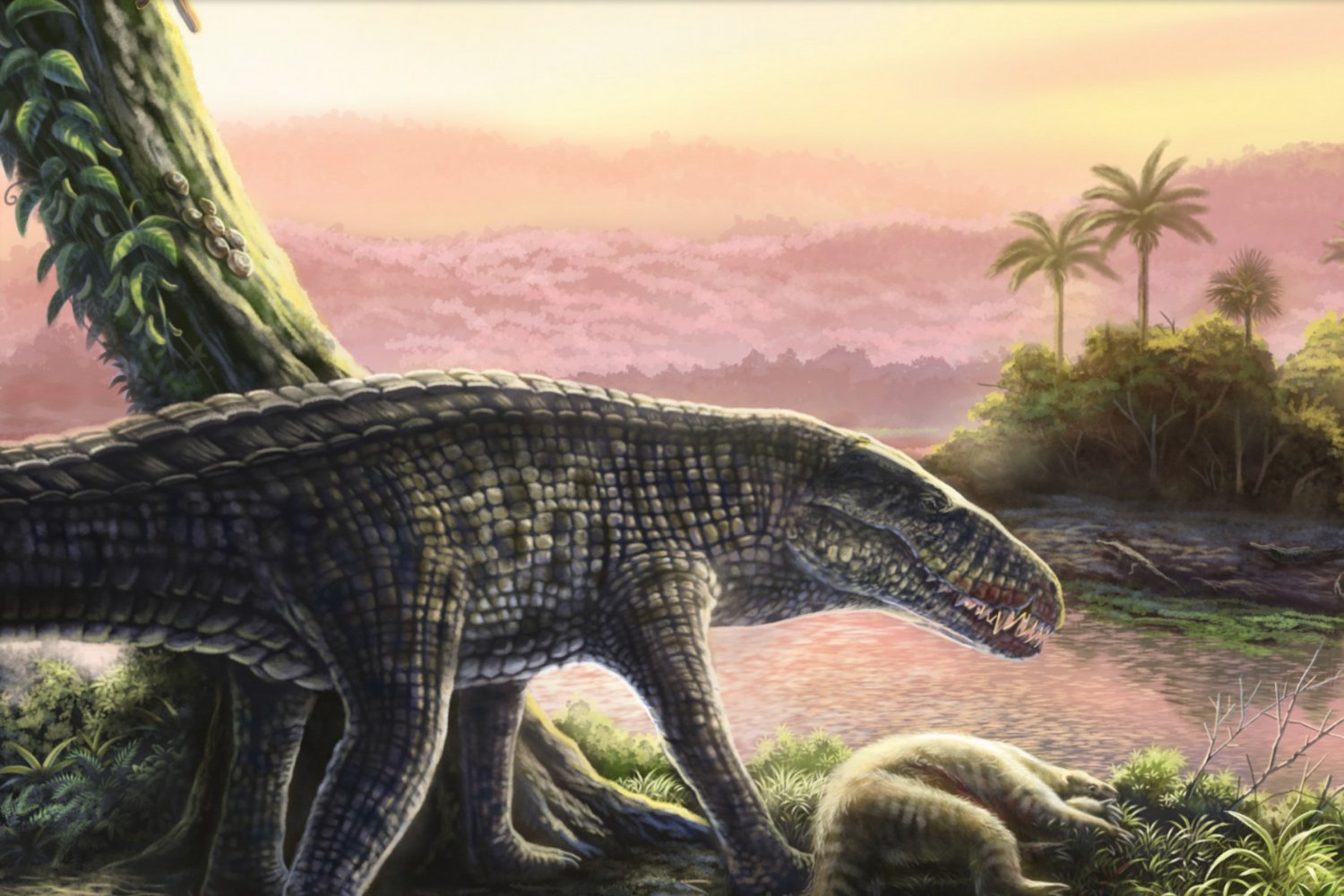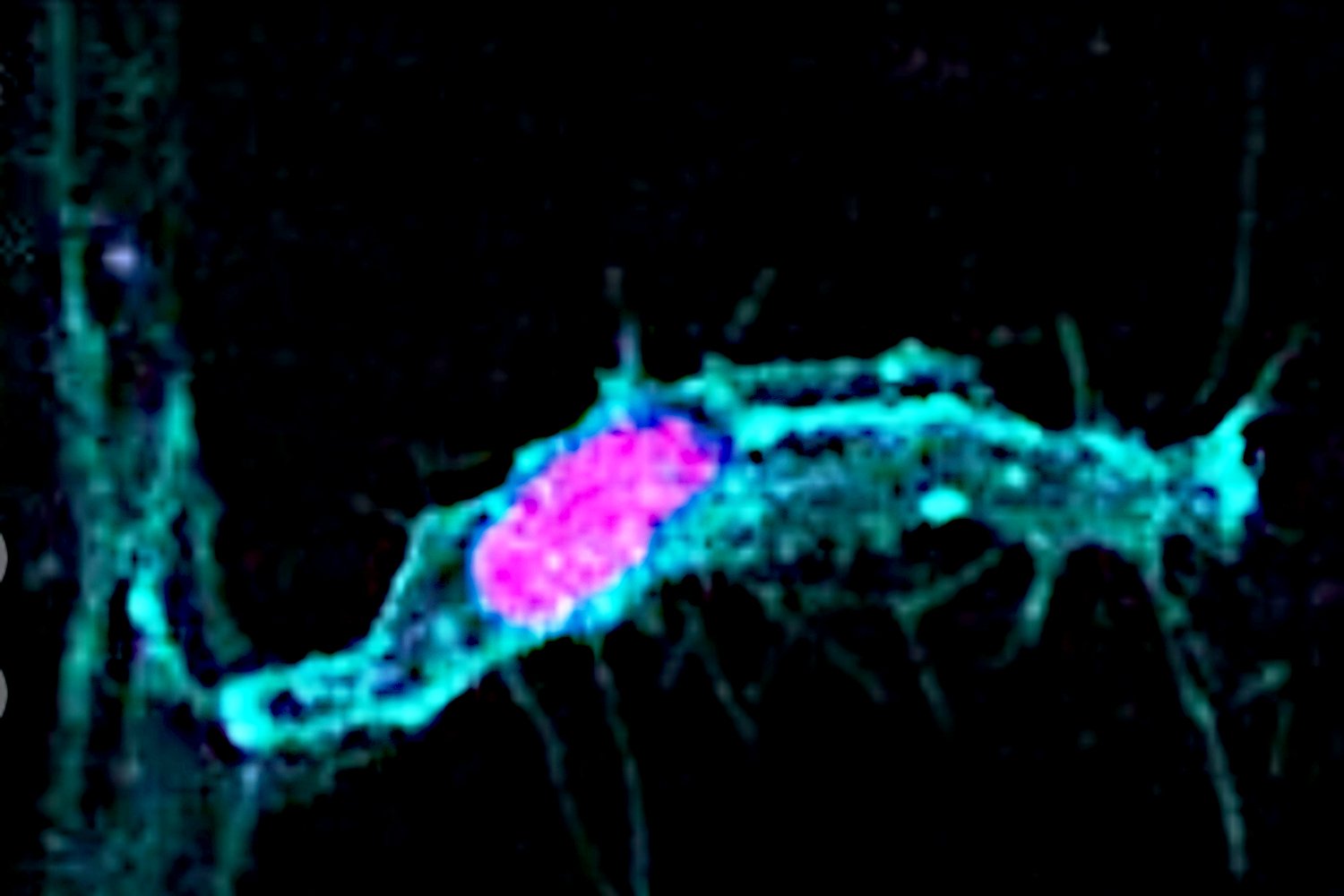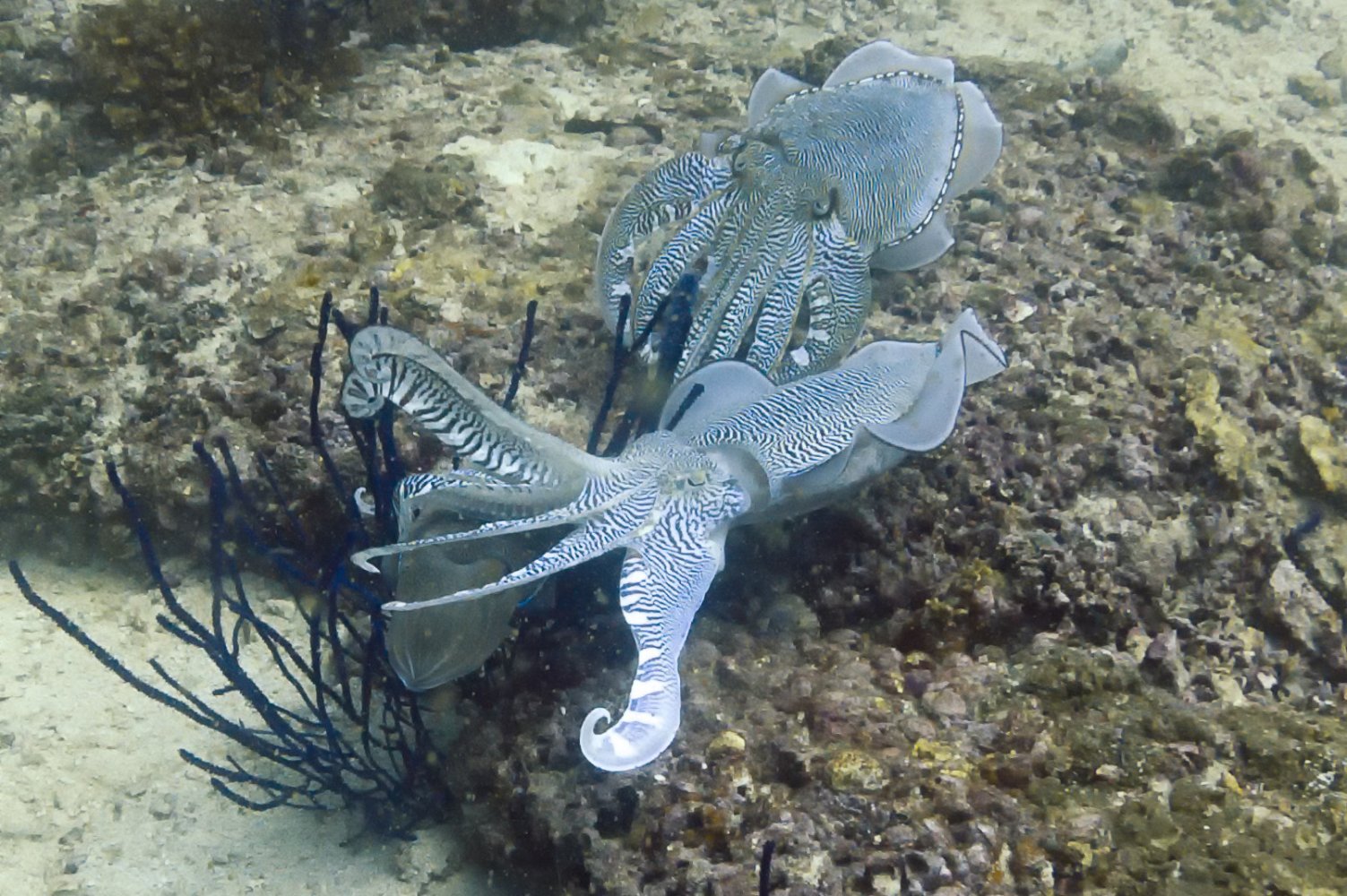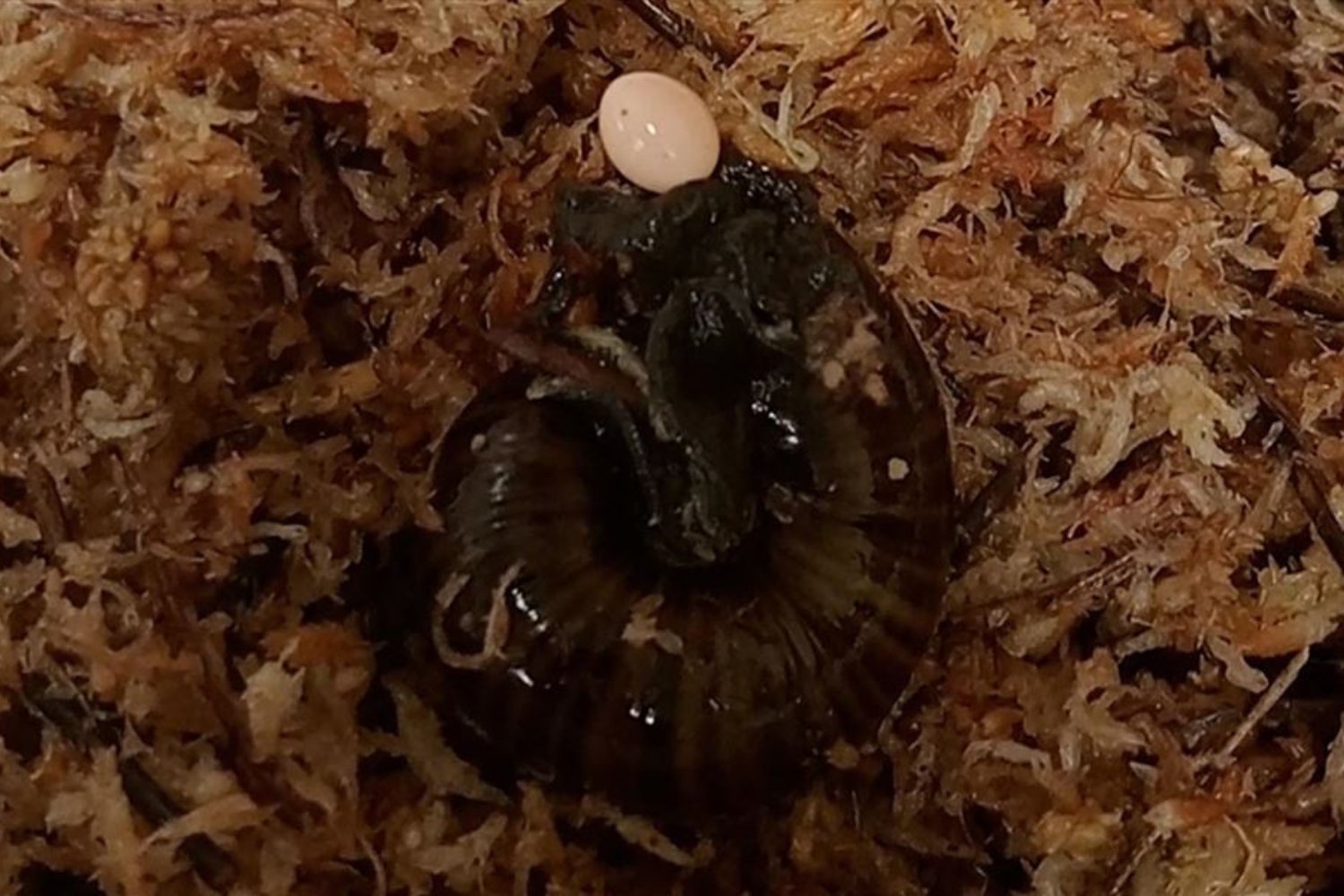The quest for sustainable and ethical luxury materials has taken a dramatic turn with the announcement of a partnership between creative agency VML and biotech companies Lab-Grown Leather Ltd. and The Organoid Company. Their ambitious goal: to create a revolutionary leather alternative using Tyrannosaurus rex DNA. This “first-of-its-kind” endeavor promises a cruelty-free, eco-friendly material with the high quality of traditional leather, but the scientific feasibility of the project has been met with skepticism.
The companies claim their process involves engineering cells with synthetic DNA based on fossilized T. rex collagen. This “scaffold-free” approach, they assert, allows cells to self-assemble into a structure identical to traditional leather. Collagen, a structural protein found in animal tissues, has been recovered from dinosaur fossils, but DNA degrades much faster. This raises questions about how the companies plan to obtain viable T. rex DNA.
Deciphering the Science Behind the Claim
VML has yet to clarify their process. However, reports suggest the team intends to use AI to reconstruct T. rex collagen from fragmented samples. Since DNA dictates the amino acid sequence of collagen, the researchers might be reverse-engineering the DNA sequence from the protein structure. This reconstructed DNA would then be inserted into cells to cultivate what they hope will resemble T. rex skin.
This approach, while innovative, faces significant challenges. Producing leather-like material from cells has proven difficult in the past. Furthermore, experts point out that leather is tanned from skin, primarily composed of keratin, not collagen. Therefore, even if the companies successfully generate T. rex collagen, it wouldn’t automatically translate into T. rex leather.
Sustainability and the “T. Rex” Factor
While the scientific basis of the project remains unclear, the push for sustainable alternatives to traditional leather is undeniable. The leather industry contributes significantly to deforestation and greenhouse gas emissions. However, alternatives like recycled materials and thrifted goods already exist.
The novelty of “T. rex” leather undoubtedly adds a marketing edge. While the project’s practicality is debatable, it highlights the growing trend of using scientific advancements to enhance product appeal. This raises concerns about the balance between legitimate scientific progress and marketing hype.
Awaiting Concrete Evidence
The companies plan to launch fashion accessories initially, followed by a luxury flagship product by the year’s end, eventually expanding into sectors like the automotive industry. This ambitious timeline adds to the skepticism surrounding the project. Similar controversies, like the recent debate around Colossal Biosciences’ claim of reviving dire wolves, underscore the need for cautious optimism and rigorous scientific validation.
Until concrete evidence supports the claims, the “T. rex” leather project remains more of a fascinating concept than a scientific breakthrough. Whether it will truly revolutionize the material industry or simply become another example of science-infused marketing remains to be seen.



